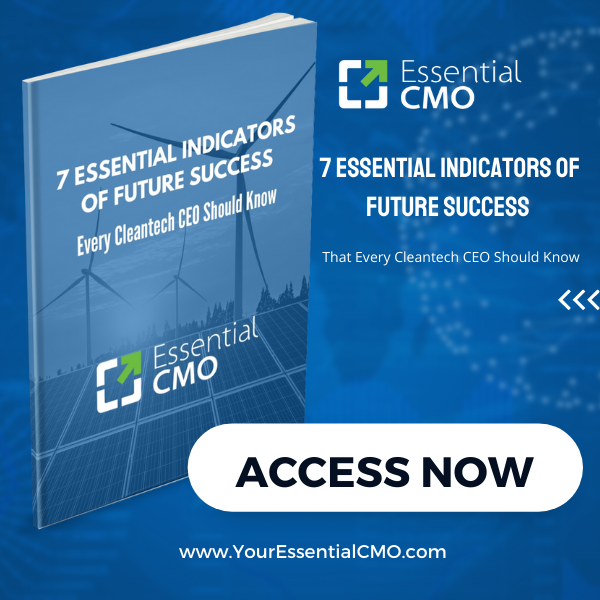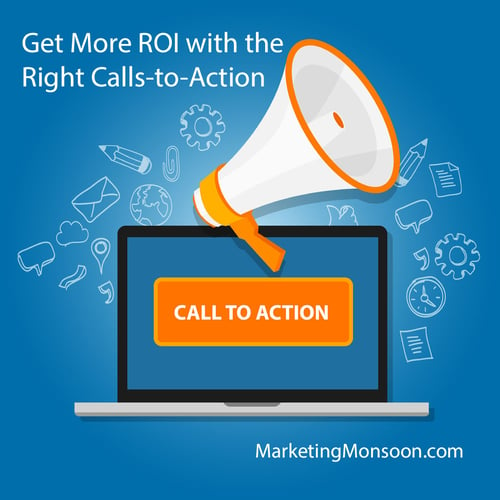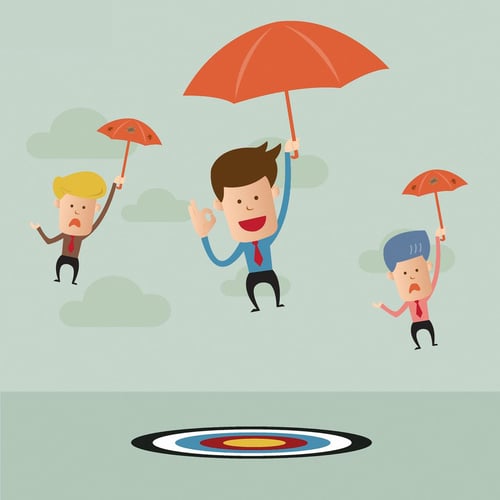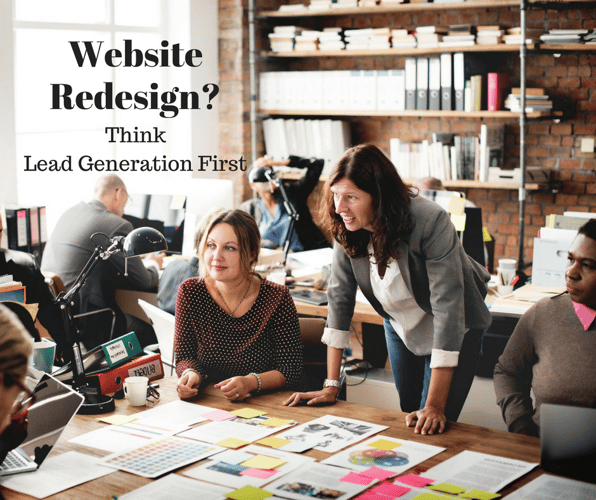Success in marketing, like any business activity, must be measured. As marketers, our performance is measured by the number of leads we generate, and often the number of those leads that become closed business.
B2B Lead Conversion Rates are Complex
To understand lead conversion rates, we need to recognize that there are multiple stages of lead qualification - and therefore, multiple types of lead conversion.
Being able to measure and evaluate the effectiveness of each lead generation channel gives us a means to improve and grow. We measure the rate at which an activity creates a lead - e.g. how many leads are captured from how many website visitors.
Because not every new lead becomes a customer, It’s useful to think about the stages between becoming a new lead and closing a deal. Measuring and understanding the conversion between each stage of the buyer journey will help you to improve your overall rate of growth.
Stages of Lead-to-Customer Conversions
Impression - Impressions are considered views on social media, at a marketing event, trade show, reading an article, networking, or even referrals.
Website Visitor - How many visited the website (maybe anonymously) from which source
Lead - Completed an opt-in form to download a top-of-the-funnel offer to become a lead
Inquiry - Phone call, contact form completed, contact requested at a trade show, etc.
Marketing Qualified Lead - Lead meets specific pre-determined qualification criteria such as company size, industry, the role of the lead, frequency of visits, specific pages visited, etc.
Sales Qualified Lead - Sales agrees to take responsibility - lead meets specific pre-determined qualification criteria such as company size, industry, the role of lead, frequency of visits, specific pages visited, etc.
Opportunity - Through conversations, sales have determined lead has a need and is a fit for the company - a pipeline opportunity is created.
Win - Close - Opportunity becomes a new business.
Rather than just tracking lead-to-close rates, consider tracking sources of leads, and conversion rates at all steps. You will have a greater understanding of what’s working and what is not, and how to make improvements.
Benchmarking Conversion Rates of Traditional Marketing Activities
What are the benchmarks for lead conversion rates? How do I know what’s good?
An article and infographic about research done by Gilad Raichshtain, “B2B Sales Benchmark Research Finds Some Pipeline Surprises,” uncovered some astonishing trends and insights about what marketing activities have a higher tendency to convert.
Five Astonishing Facts about Lead Conversion
#1. Average Overall Lead to Close Conversions
Lead to opportunity—13% (Average time - 84 days)
Opportunity to deal—6% (Average Time - 18 days)
#2. Overall Leads to Close rates vary based on the source of lead
The benchmark research revealed some surprising results. Traditional, go-to marketing activities such as trade shows and company events, even sales staff generated leads could not compare to the top-ranked marketing activities - employee and customer referrals and leads from the website. The following list ranks activities according to lead-to-sales conversion rates.
- Employee/Customer Referrals - 3.63%
- Website - 1.55%
- Facebook/Twitter Other social 1.47%
- Other - 1.07
- Paid Search - .99%
- Sales Generated - .94%
- Marketing & Advertising - .78%
- Trade Shows - .55%
- Partner - .48%
- Webinar - .44%
- LinkedIn - .34%
- Email Campaign .07%
- Company events .04%
- Purchased lead list .01%

#3. Lead to opportunity conversion doesn't always mean more revenue
Webinars generated many more opportunities than other sources, (a 31% lead to opportunity close rate.) However, the rate of opportunity to close was much lower than other sources.
#4. Not all leads are ready to buy when they first make contact
According to MarketingSherpa, only 27% of B2B leads are sales-ready when first generated. Leads must be nurtured through all stages of the buying process to improve the conversion rate. Otherwise, you can expect the conversion rates to drop. Good nurturing helps keep qualified leads in the pipeline, keeping their attention and interest until they’re ready to buy.
Strong content optimized for leads based on persona and the buying process helps to attract, convert, and build trust with leads. In other words, an inbound marketing approach can produce very different results.
#5. Calling promptly helps to convert leads who are ready to buy
Studies have shown that following up on a lead within minutes of their downloading content improves conversion rates for those who are ready to buy. Remember, an opt-in is not a qualified sales lead. Set expectations accordingly, and be prepared to have an informational, helpful conversation. Be prepared to discuss the topic of the content that was downloaded and be helpful.
A common mistake sales make is to try to close a lead too quickly before determining need and fit. That’s the old, traditional, interruptive selling methodology.
“Only 16% of marketers say outbound (intrusive) practices provide the highest quality leads for sales. (HubSpot, 2017)” (Source: https://www.hubspot.com/marketing-statistics)
"Always be closing is dead." Today, always helping will win more sales.
Remember to optimize your buyer personas for higher lead conversion rates
Identify your buyer personas (semi-fictional characters that represent your ideal client and lead.) When you personalize your lead nurturing based on personas you will be more likely to keep that lead in your pipeline.
Conclusion
The effectiveness and ROI of your lead generation system depend on a routine of measuring conversion rates and applying improvements. In the complex B2B sales process, you may find some channels deliver consistently better lead conversion rates. Customer-centered practices are more effective overall. Regardless of the source, strong lead nurturing and non-intrusive sales practices will improve the conversion to sales rate.
Next Steps
Take the necessary steps to gather the data you need to assess your conversion rates from lead to close at all steps of the process. Use buyer personas to optimize your leads and a lead scoring system to determine when to reach out to your new leads to start a helpful conversation.
To increase your website visitor-to-lead conversion rate, increase the opportunity for conversion with lead magnet offers, calls-to-action, and opt-in forms that convert.
Marketing Monsoon, LLC is a growth agency specializing in lead generation, sales enablement, and customer engagement for alternative energy, healthcare technology, and staffing and HR companies. Our expertise includes strategy development, content marketing, lead generation systems, local search marketing, social media marketing, and email marketing. Get started on your strategy today by reaching out to Marketing Monsoon at (866) 851-1793.








